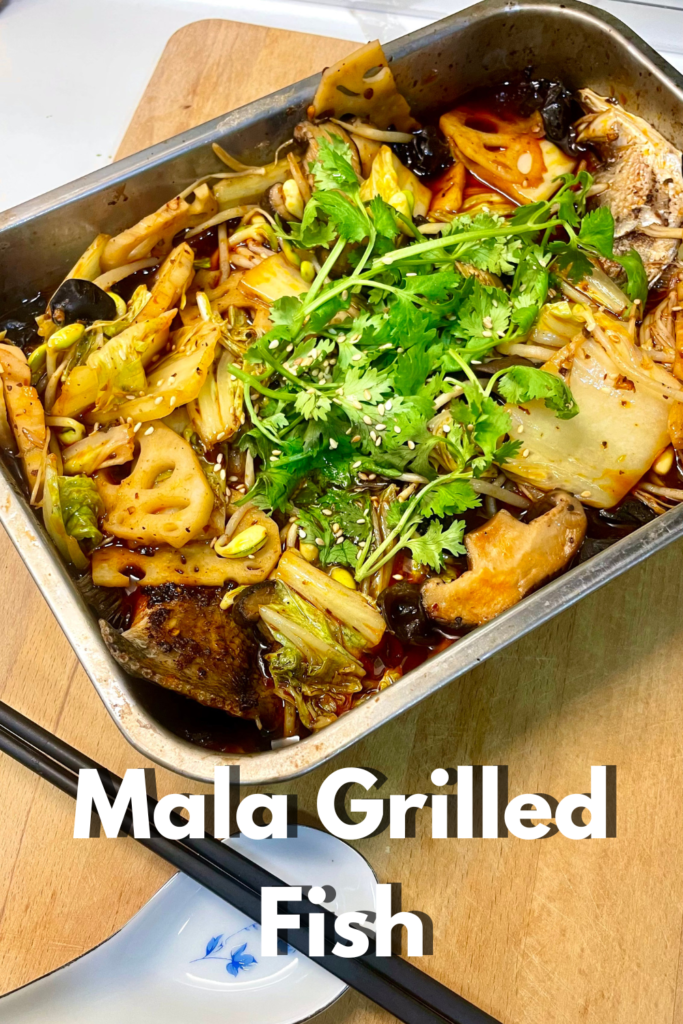
Chongqing is a city famed for its numbing and spicy cuisine. One of their famous food export is the Chongqing Grilled Fish which originated from Wanzhou District. This is also called Wanzhou Grilled fish, or Chongqing Kaoyu.
-Disclosure : This website uses affiliate links which may earn a commission at no additional cost to you. As an Amazon Associate I earn from qualifying purchases.
Chongqing Grilled Fish contains the fish, of course, with a stock broth, a huge load of spices and aromatics, and of course a lot of vegetable toppings. It can be a 1 convenient pot dish. It can also be a beautiful dish to serve your special guest.
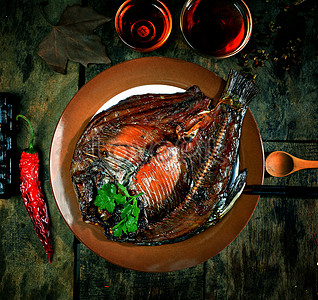
In this post, I’m going to be sharing a quick hack to make this beautiful dish easier to manage.
The original recipe has the fish grilled over charcoal before being cooked in a spicy pot of soup full of ingredients. The dish will be served on a tray with open fire at the bottom. This is to ensure that the Chongqing Grilled Fish and soup is constantly hot for the diners.
I had my first taste of Mala in late 2000 in the form of a hotpot. A street in Bugis, which lies in the heart of Singapore, was littered with hotpot stores from China, mainly from Sichuan.
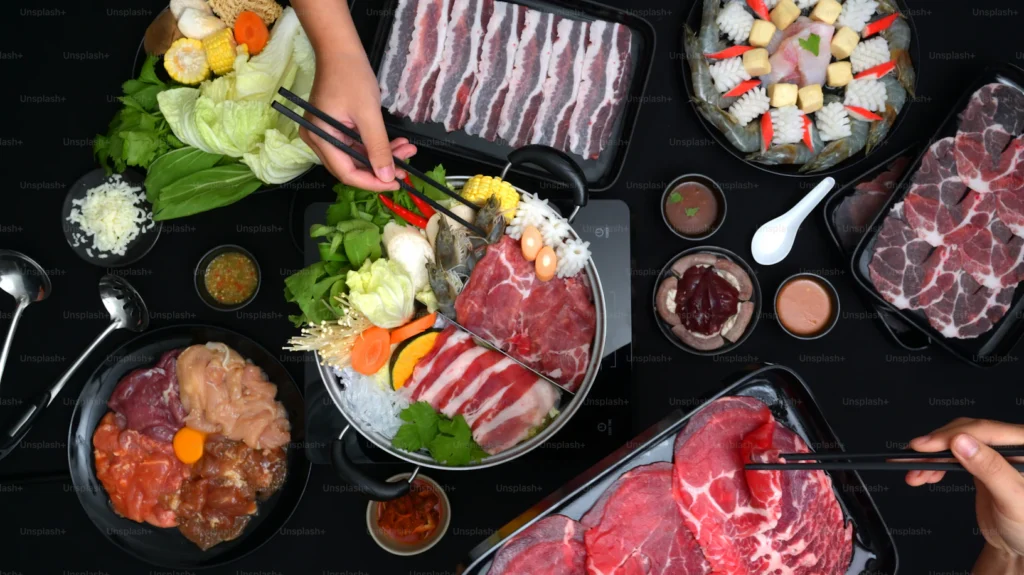
As Singapore lies in Southeast Asia, our cuisine has a lot of influence by the Malay cuisine thus spicy food was generally acceptable to us. Even the Chinese. Therefore most of us welcome the Mala spices with open arms.
In 2009, Mala stir fry was introduced to Singapore to satisfy our spicy addiction when there was no time for a 1-2 hour long Mala Hotpot session. The first few stores were mainly in town or Chinatown.
One of the most famous stores was, and still is Ri Ri Hong in Chinatown.
You can visit my old post on Mala Xiangguo here.
Then, the nation got addicted to Chongqing Grilled Fish, when a store was set up in 2010. It was so popular that most of my friends started posting all over their social media.
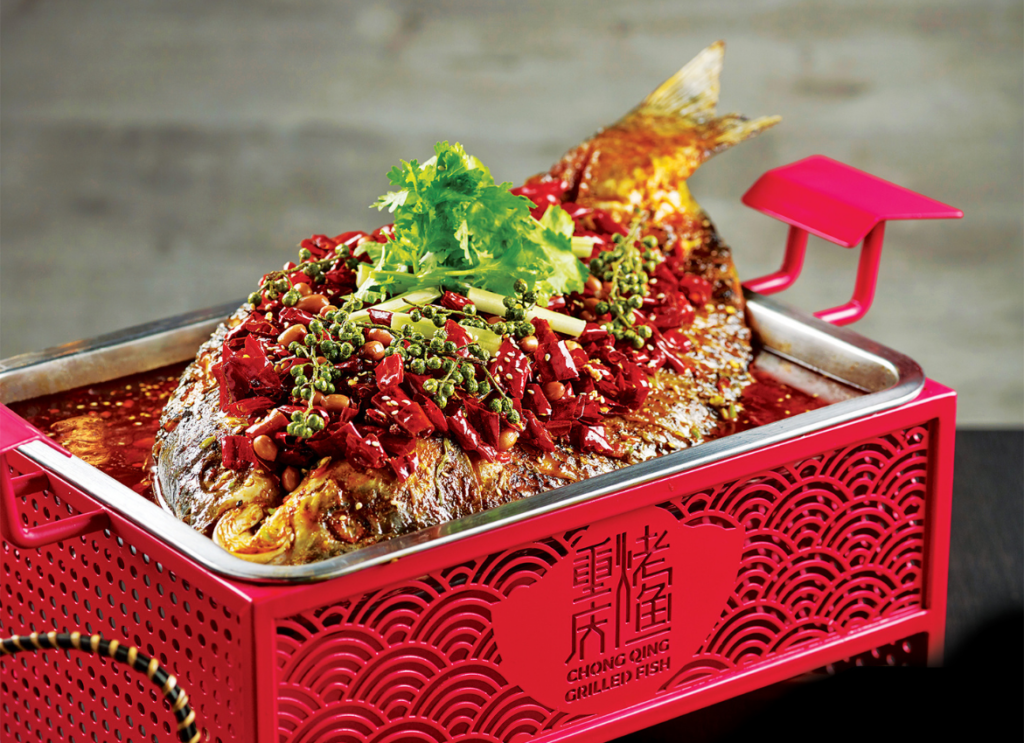
Chongqing Grilled Fish, compared to its cousin, the Mala Hotpot, the stock broth is less oily and more palatable. Everything is already cooked in the tray before serving. Therefore, it’s less time-consuming to eat this.
Honestly, I was a late bloomer when it came to trying trendy food. But I’m sure it’s still very popular considering the long queue outside the Grilled Fish Restaurant in my neighbourhood.
Chongqing vs Sichuan
Most friends are familiar with Sichuan food. And can probably name quite a few dishes from that province such as Mapo Tofu and Kung Pao Chicken.
I knew Kung Pao Chicken and Mapo Tofu way before Sichuan food was even a trend. However, they were pretty watered down to suit foreigners’ tastes.
Sichuan is a province, with its most famous city being Chengdu, its capital. Chongqing was a part of Sichuan until 1997. The central government in China decided to separate it from its province after it became too big on its own in terms of population but wasn’t supported by the Sichuan government.
When it comes to cuisine, I think as an outsider, there are a lot of similarities. But at the same time, Chongqing certainly has its own few specialty dishes.
In fact, besides Chongqing Grilled Fish, others that are gaining traction in Singapore include Suan La Fen and Laziji.
The Type of Fish
If you get to dine in at any Grilled Fish Restaurant in Singapore, one of the recommended fish is Linbo Fish. It’s a type of catfish that swims in the Mekong or Chao Praya Region.
The texture is smooth and mildly sweet. It is a firm fish that doesn’t break very easily under the bubbling tray of chilli oil soup.
Other fish that can be used include sea bass, snapper, carp, or flounder.
The Spices
Chilli is the first thing that comes to mind when talking about Sichuan food. With such a spicy palate where could it come from? Chilli of course. But specifically, dried chilli because the taste is more intense and smokey. You can also use fresh chilli and chilli powder.
Chilli was introduced to China by Portuguese and Dutch traders in the 16th century and they originated from America. Original Chinese cuisine does not have chilli in the past. However, once the country was introduced to it, it was Sichuan and a few other regions such as Hunan, used more extensively in their own cuisine.
Other spices and aromatics that contribute to the mala taste of the dish, are Douban paste, Sichuan peppercorns, clove, garlic, star anise, black cardamom, fennel, ginger, cinnamon, salt, and sugar.
I have to admit that it is hard to collect all the spices especially those that you do not use very often. Therefore, I used ahack for this dish.
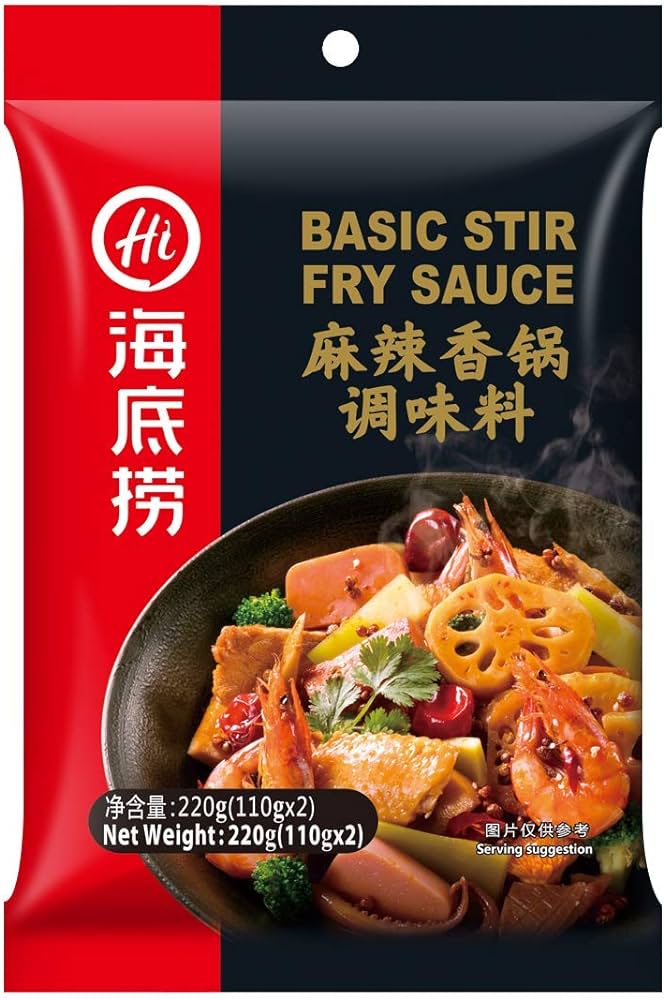
To make it simple for everyone, you can choose to use instant Mala Stir fry Paste or sauce. They usually come in a bottle or a pack.
I chose to use this, and then I added the chicken stock broth to the soup.
The Add Ons
As mentioned, this is a 1 pot wonder. This dish doesn’t only contain the fish, but also a ton of different bean produce and vegetables. If you are a fan of Mala Stir Fry (Mala Xiangguo), the other ingredients are pretty similar.
In my recipe, I chose Napa cabbage, shiitake mushrooms, enoki mushrooms, soybean sprouts, lotus roots, and dried black fungus.
But you are not limited to just these.
In fact, the entire supermarket is your world. You can choose assorted meatballs which you use for steamboats or any form of your favourite vegetable that you use daily.
The reason for my choice is that Napa cabbage holds better when you boil for a long while and the sweetness of the cabbage will seep into the soup. As this is a dish that you can continue to simmer as you eat, you want your other ingredients to hold well without disintegrating into the soup.
Therefore, It’s common to use the whole fish and a firmer fish.
Photo Tutorial
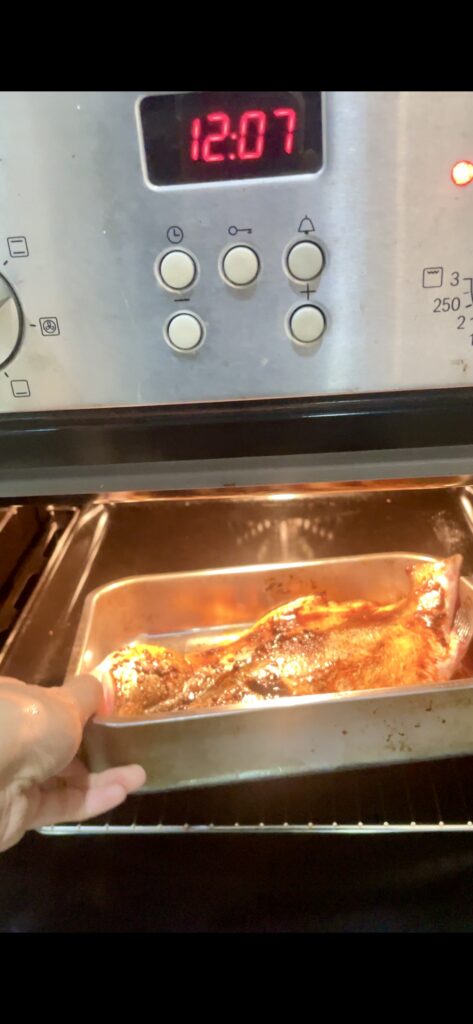
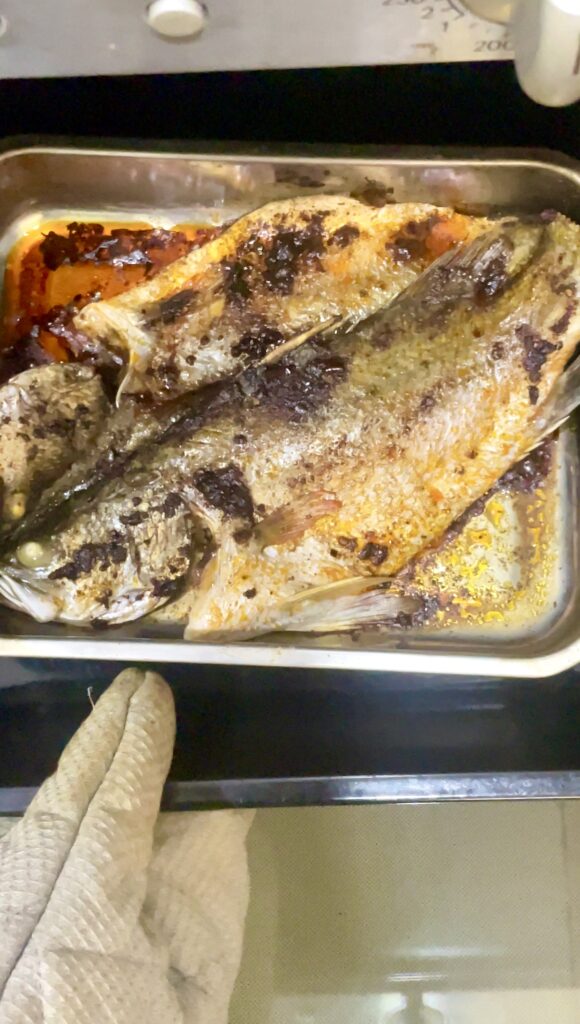
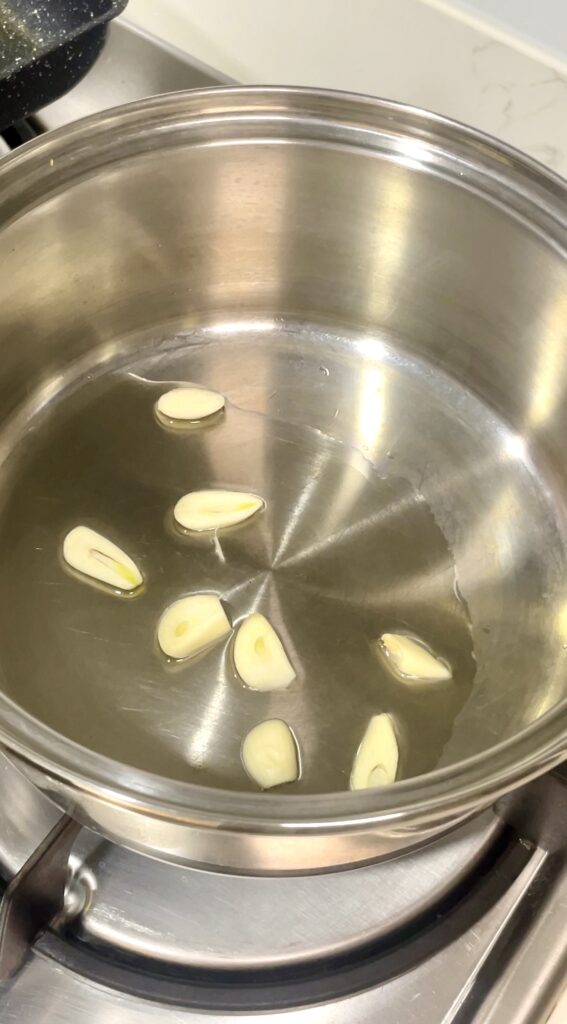
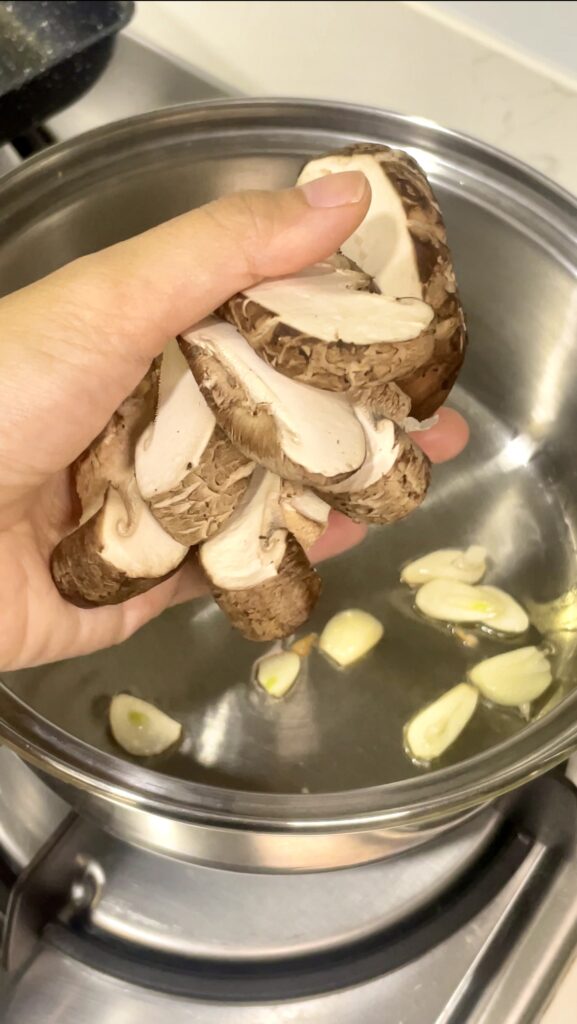
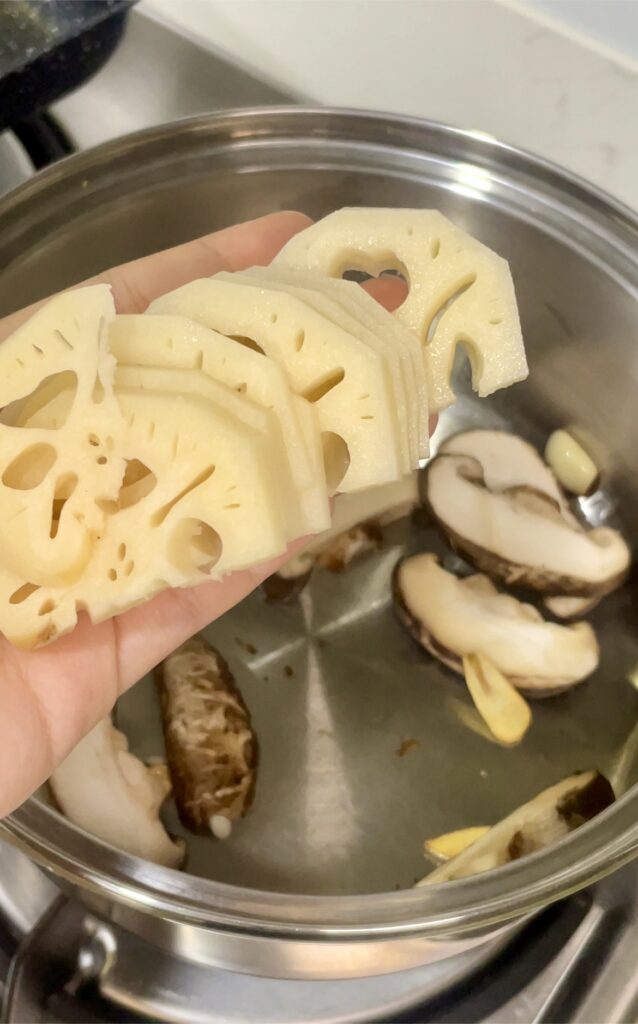
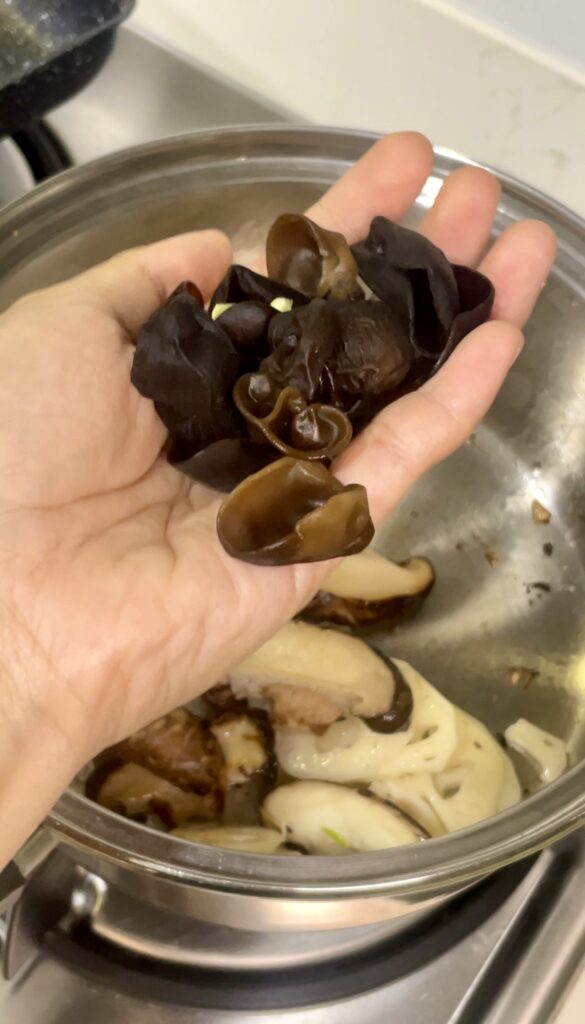

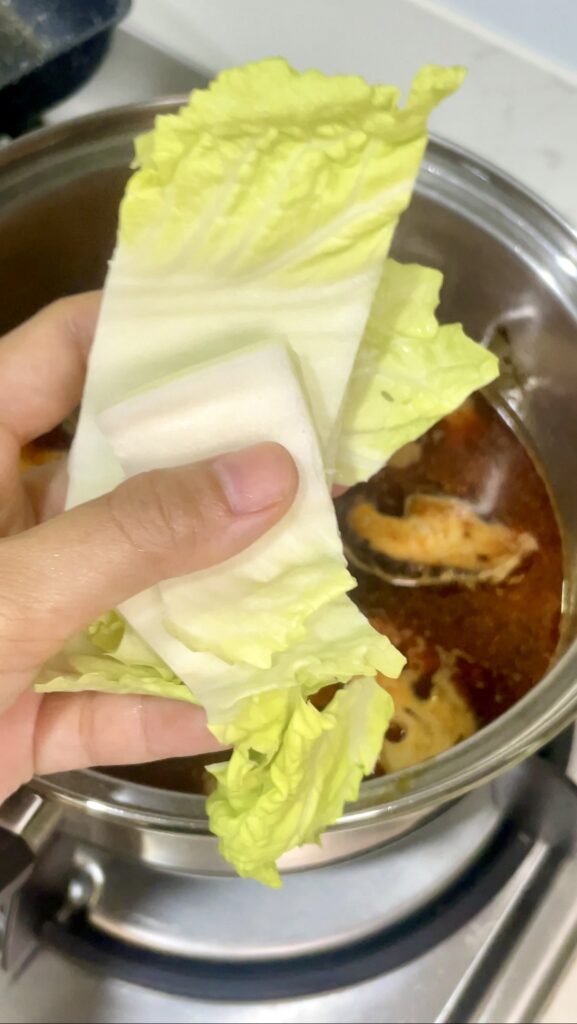
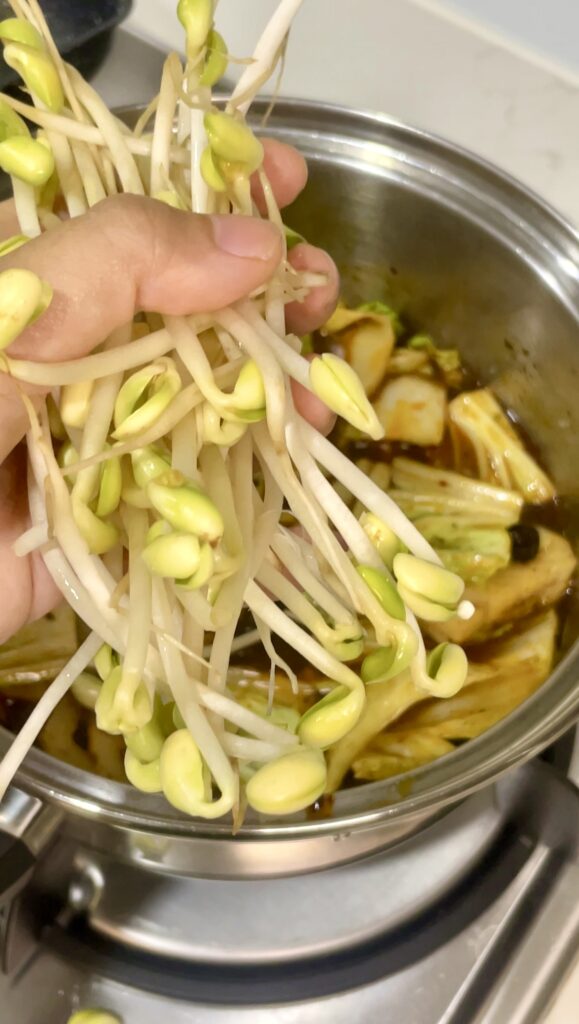
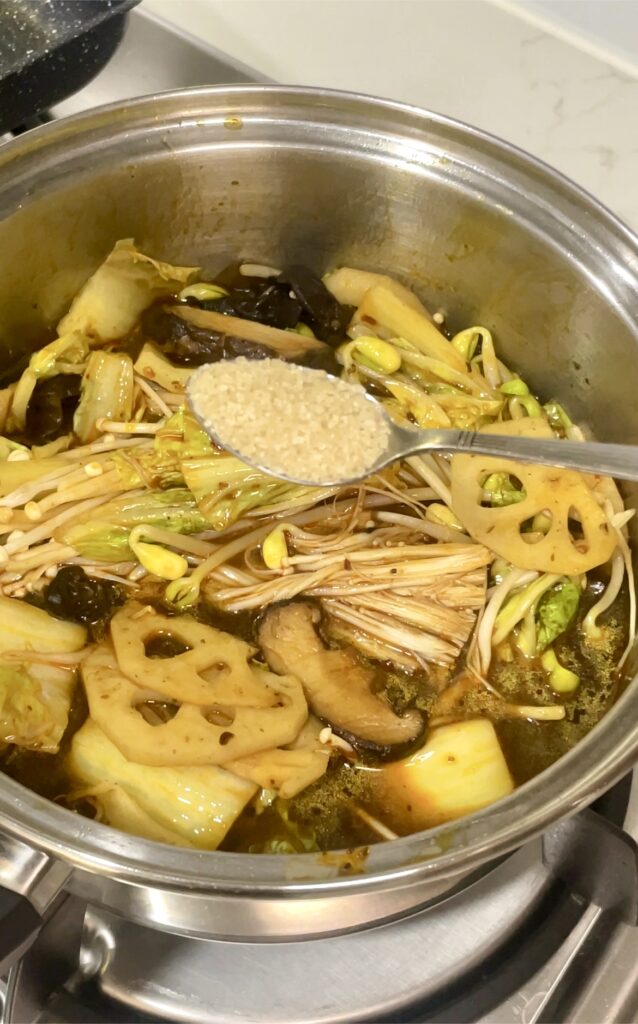
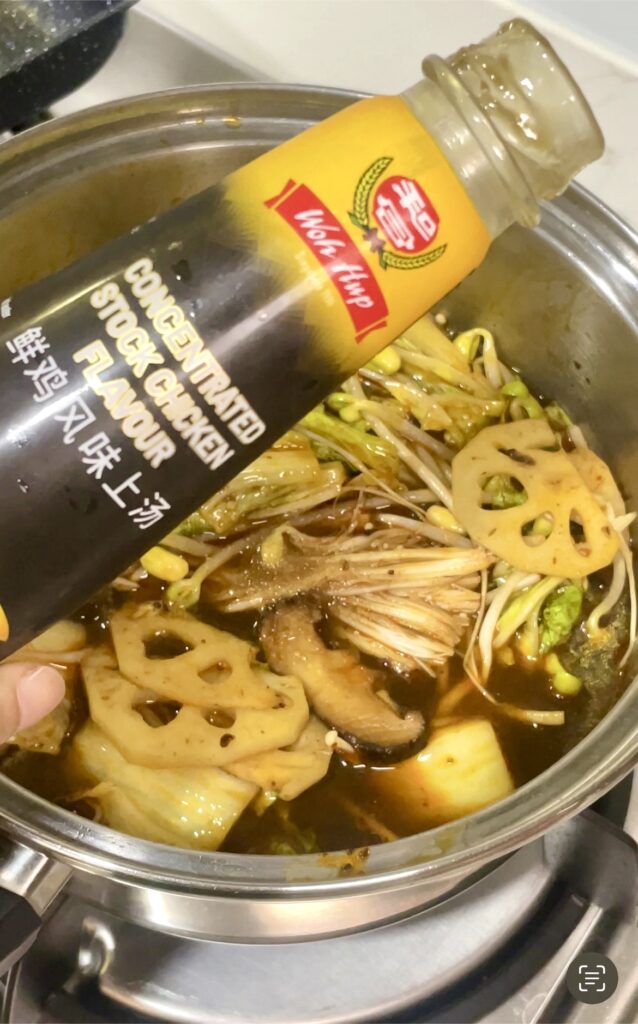

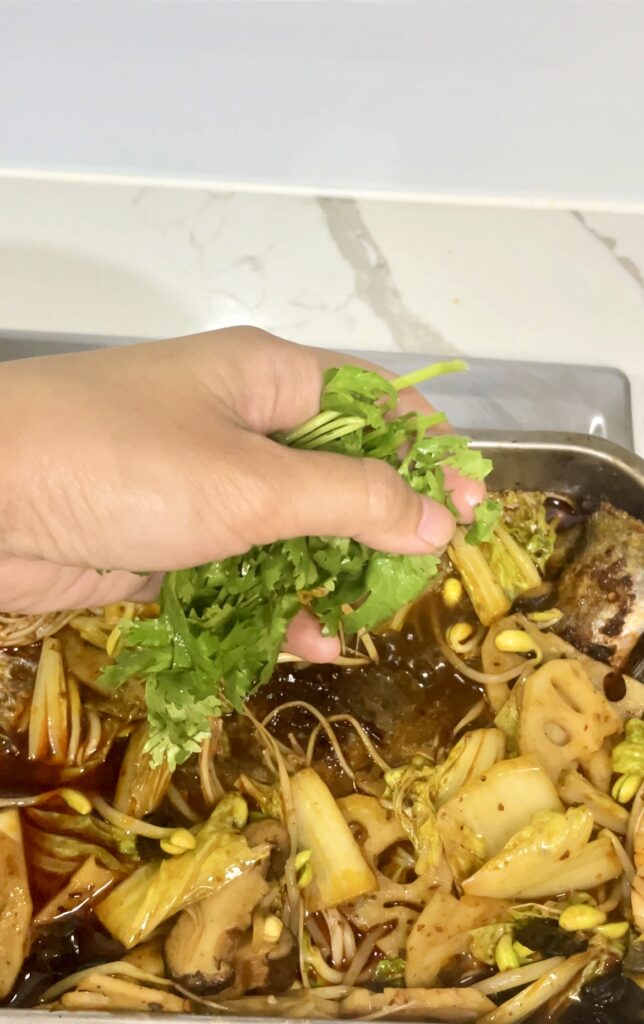
Special Items that I use
- Deep roasting pan to bake the fish and add in the soup and add ons ingredients. You can find the item here.
- Mala Spice is the key ingredient to this recipe which you can find from this link.
Recipe

Mala Grilled Fish
Ingredients
- 1 whole fish (seabags, snapper
- 1 pkt Mala Spices
- 1 handful Dried Black Fungus
- 2 portions Lotus Roots
- 4 caps Shiitake Mushrooms
- 4-5 leaves Napa Cabbage
- 1 cup Beans Sprouts
- 1 tsp Sugar
- 1 tbsp Chicken Stock
- 1 cloves Garlic
Instructions
- Gather all the ingredients and prepare them.
- Dehydrate the black fungus until they bloom fully
- Prepare the fish. When you buy the fish from the supermarket, ask the fishmonger to gut and butterfly the fish. Rinse the fish with running water at the sink if there are still blood inside the fish. Pat dry the fish. Score both side of the fish. Add in 1 tbsp of Mala Spice all over the fish and set aside.
- Slice up the lotus root thinly, slice up the mushrooms, rinse the beansprouts and separate the enoki mushrooms into smaller bundle.
- Preheat the oven to 180 degrees celsius. Put the tray of fish in the oven and bake for 15 min.
- On a frying pan, heat up 1-2 tbsp of cooking oil. When heated up, add in the sliced garlic. When you smell the aroma from the garlic, add in shiitake mushrooms, lotus roots, and black fungus. Stir fry until they are all coated with oil. add in the remaining sauce from the package and 2 cups of water.
- Bring the ingredients in the pot to a boil. Then add in Napa cabbage and beans sprouts and continue to let it boil.
- Add in sugar and chicken stock to balance the taste. Test taste it. Once the cabbage softens, the pot of vegetables are ready.
- Remove the fish from the oven once it is done. Place the tray on the stove. Switch on the stove and lower the fire to the lowest. Transfer the vegetables from the pot over to the tray. Simmer it for 5 minutes for everything to soak up the sauce.
- Serve it with rice immediately.
Remember to tag me @itsjust.jadie on instagram if you have made this. Follow me on my socials here for more of my daily happenings.
Pin to save for future use
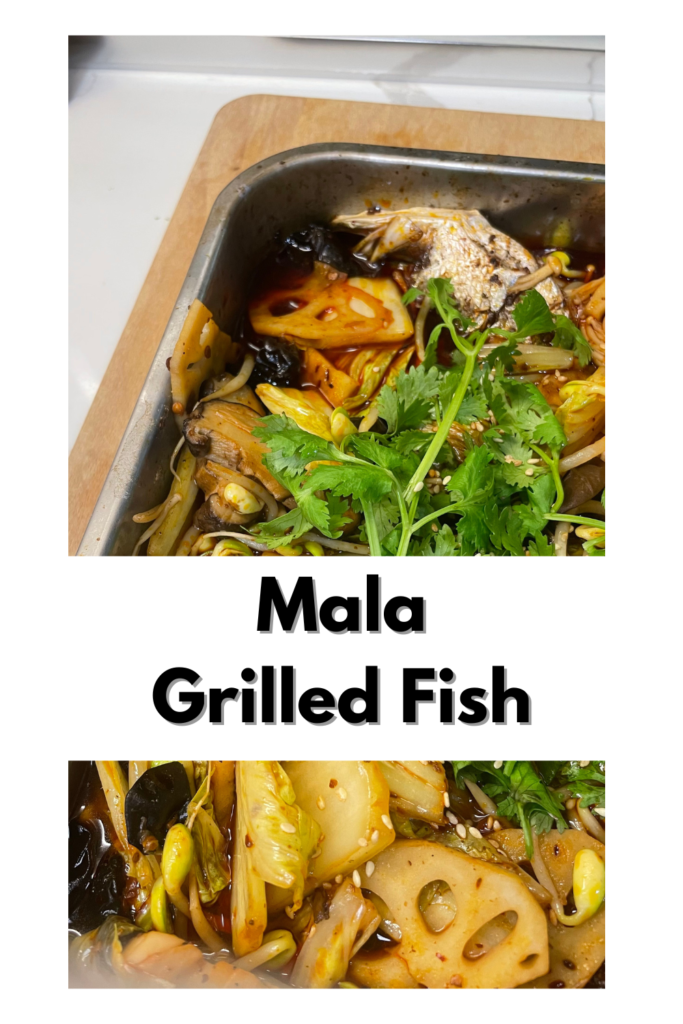

Leave a Reply